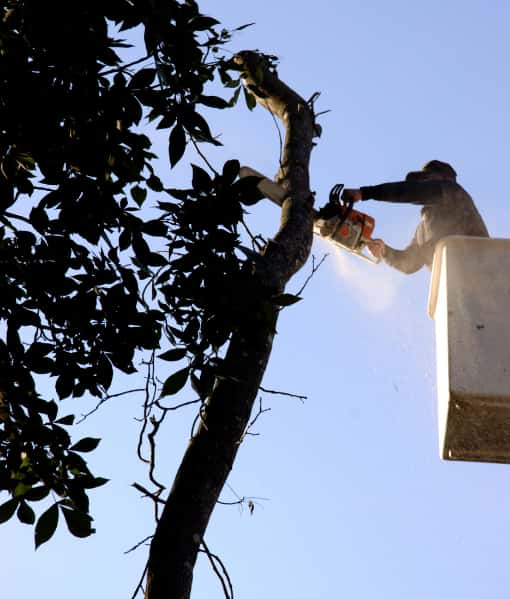Introduction: Watersheds are vital in supplying clean water to communities, supporting biodiversity, and regulating local climates. However, they are often vulnerable to degradation and pollution due to human activities, including deforestation, urbanisation, and improper land management practices. At Worlingworth Tree Surgeons, we recognise the importance of trees in protecting watershed health and offer tree-trimming services tailored to support watershed protection efforts. Let’s explore the critical link between tree trimming and watershed conservation.
Understanding Watershed Protection:
1. Importance of Watersheds:
Watersheds are areas of land that drain into a common water body, such as a river, lake, or ocean. They play a crucial role in regulating water flow, filtering pollutants, and providing habitat for aquatic and terrestrial species. Protecting watersheds is essential for safeguarding water quality, mitigating floods and droughts, and preserving ecosystem health.
2. Threats to Watershed Health:
Human activities, including deforestation, agriculture, and urban development, can degrade watershed health and compromise water quality. Loss of vegetation, soil erosion, and runoff of pollutants into water bodies are among the leading threats to watershed integrity.
The Role of Tree Trimming in Watershed Protection:
1. Soil Stabilisation and Erosion Control:
Trees are crucial in stabilising soil and preventing erosion, particularly along stream banks and hillsides. By trimming trees to maintain healthy root systems and reducing canopy density, tree surgeons can help minimise soil disturbance and mitigate the risk of sedimentation in water bodies.
2. Riparian Zone Management:
Riparian zones, the land areas adjacent to rivers and streams, are critical habitats for wildlife and play a key role in filtering pollutants and regulating water temperature. Trimming trees within riparian zones to promote healthy growth and maintain appropriate vegetation density can enhance the resilience of these habitats and improve overall watershed health.
3. Vegetative Buffer Establishment:
Establishing vegetative buffers along water bodies effectively reduces nutrient runoff and filters pollutants from surface water. Tree trimming activities can be tailored to create or maintain vegetative buffers, consisting of trees, shrubs, and grasses, that help intercept and absorb pollutants before they reach the water.
Case Study: Watershed Protection at Riverwood Preserve
Riverwood Preserve, a protected area managed by a local conservation organisation, sought to enhance watershed protection efforts along the banks of a nearby river. Working with Worlingworth Tree Surgeons, they implemented a comprehensive tree-trimming plan focused on riparian zone management and vegetative buffer establishment.
By selectively trimming trees to promote healthy growth, removing invasive species, and planting native vegetation, Riverwood Preserve improved the resilience of riparian habitats. It reduced the risk of erosion and pollution entering the river. The project benefited water quality and aquatic biodiversity and provided recreational and educational opportunities for visitors to learn about watershed conservation.
Conclusion: Tree trimming plays a crucial role in protecting watersheds and ensuring water resources’ long-term health and sustainability. By promoting soil stabilisation, managing riparian zones, and establishing vegetative buffers, tree surgeons can contribute to watershed protection efforts and enhance ecosystem resilience.
Call us on: 01728 448 695
Click here to find out more about Worlingworth Tree Surgeons
Click here to complete our contact form and see how we can help with your tree’s needs.

